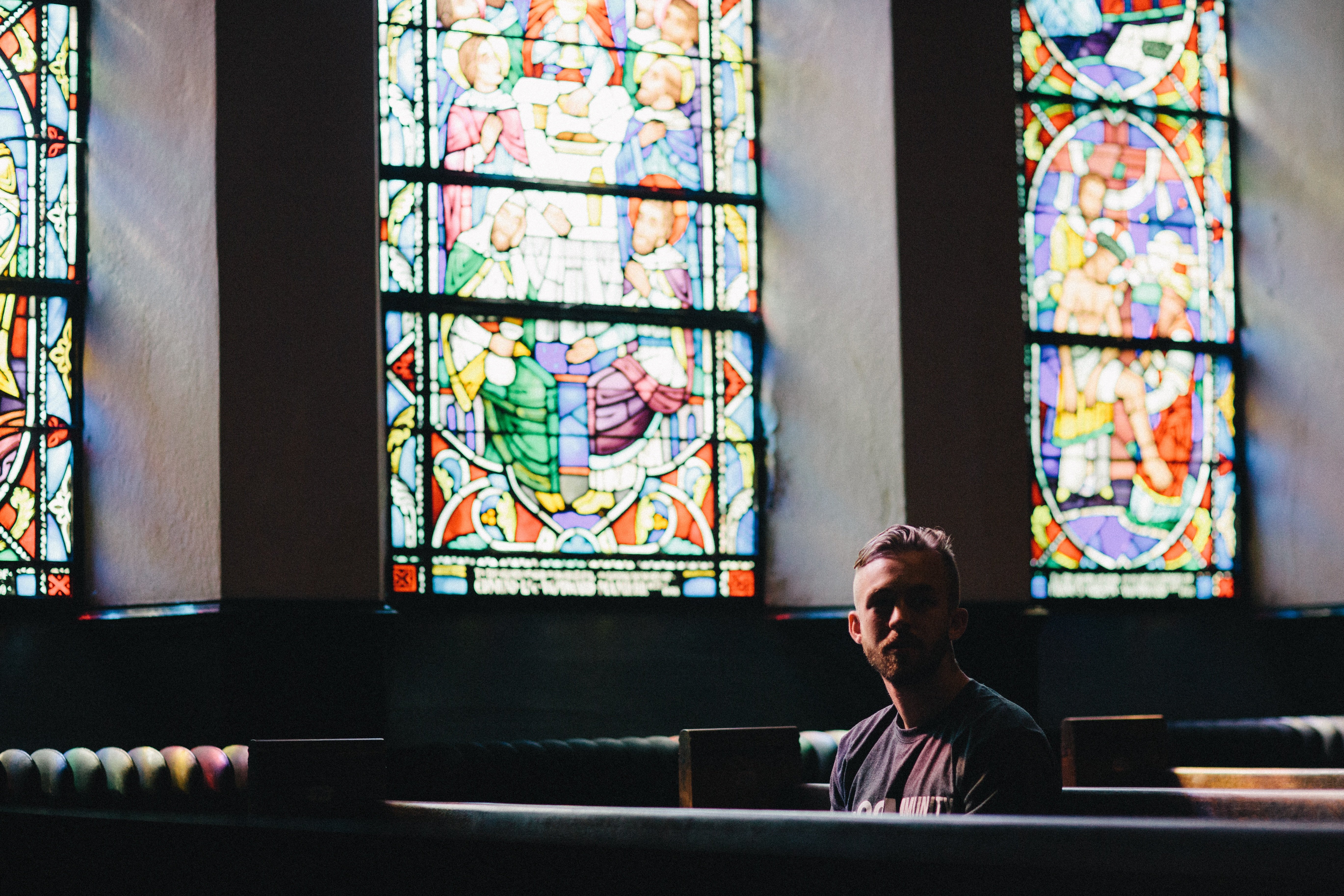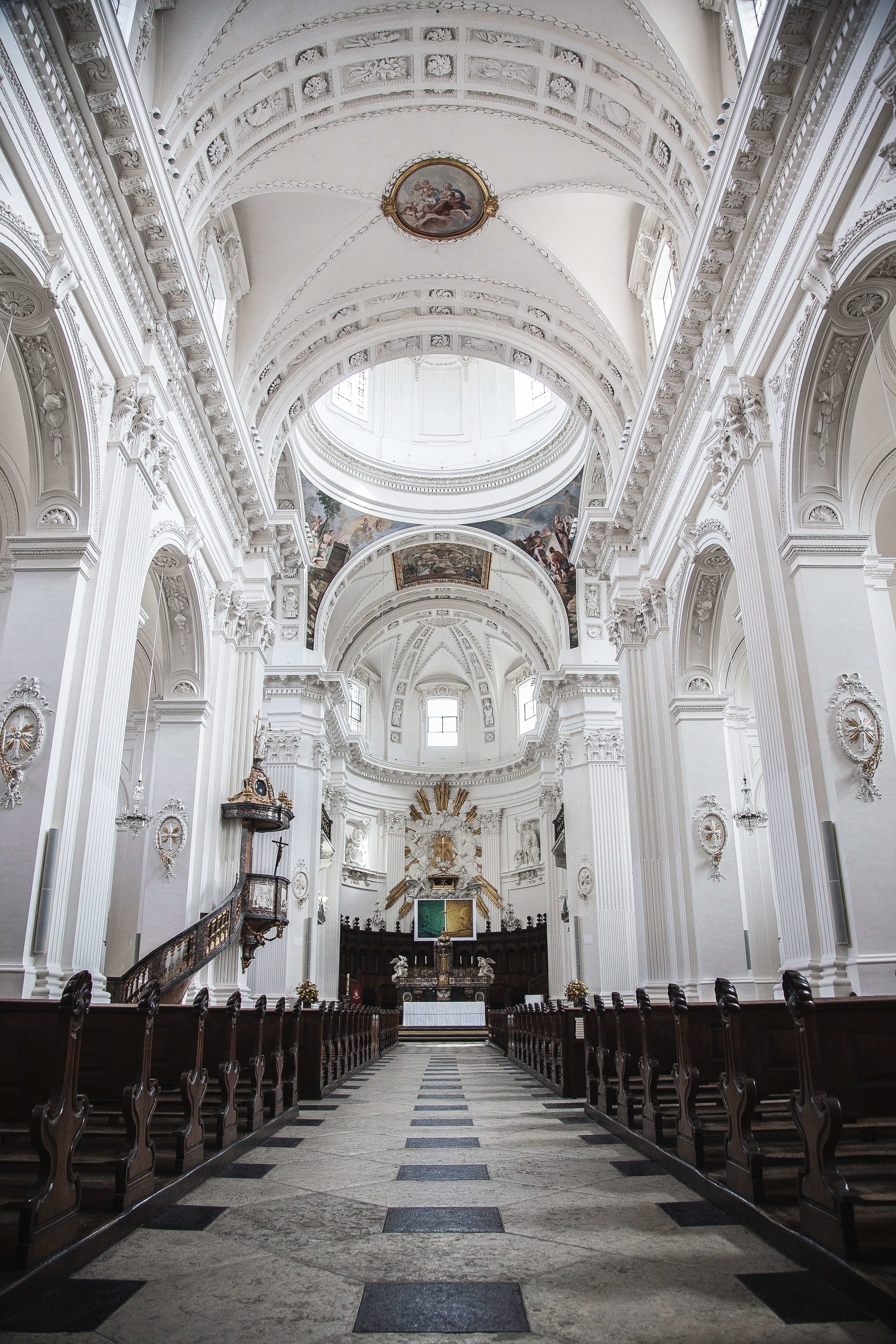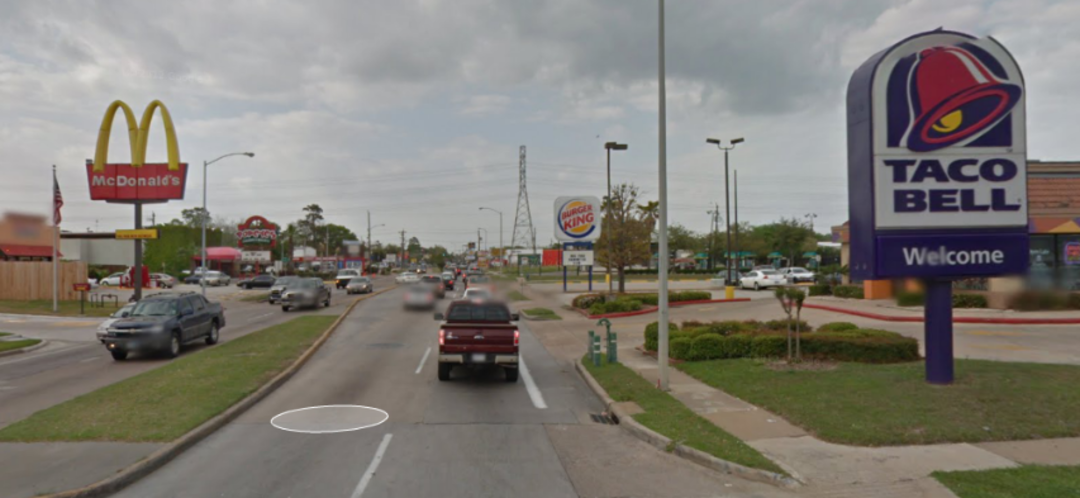
The True, The Good and The Beautiful
I have been sensitive in the last few weeks since my return from Italy about the topic of art and beauty. After walking in Rome, the Vatican and through small coastal towns, I came back to Montreal feeling a sincere lack of beauty in architecture.
This prompted a quest about the nature and purpose of art and it's place in my life. I came to the conclusion that the purpose of art is beauty. Like Plato said:
Beauty is a sign of another and higher order
In Christian theology, God is represented as the very nature of Truth, Goodness and Beauty. That in some way, anything that reflects those attributes is communicating the nature of God. I like that description of the ultimate reality. Whatever you believe about what or who God is, when we hear sublime music or come in contact with exquisite beauty in art, our soul sing. We cannot deny that experience. We are "lifted up" in a way that communicates that we can rise above our suffering and that life is worth living.
The youth feel this existential angst more than most people. No wonder suicide rates among youths aged 15-24 have tripled in the past half-century. In the last century we gave up on the idea of beauty in art, beauty in our neighborhood and our churches, I don't think it is a coincidence.
For my Christian friends who thinks that church architecture isn't important, consider this study that shows that "One in six young people are Christian as visits to church buildings inspire them to convert"...making architecture one of the most effective method of evangelization.
The youths are starving for beauty and one of the last public place left to come in contact with beauty is a cathedral or a church.

"Beauty Is In The Eye Of The Beholder"
It is a chant we keep on repeating as if that if we repeat it again and again, it will make it more true. The idea behind this is that since different people have different taste, therefore all beauty is subjective.
Someone could look at a pile of trash and find "beauty" in it...some would say.
I disagree with this idea.
First, what people find genuinely beautiful doesn't vary as much as people pretend and secondly, imagine a grade 1 class where the students are learning multiplication tables. The range of answers will vary widely yet, that doesn't mean that there are all correct answers.
As people taste improve, so is someone appreciation of what constitutes beauty. Not everything is beautiful, some things are downright ugly. You can brainwash yourself into believing that the picture below is beautiful, but nobody in 200 years will flock like we do to Paris or Rome (Below is a Houston suburb)

Edits (added after a few conversations): In a sense, objective beauty is found in architecture, paintings and music that is not only appreciated today in a certain time in a certain place by someone...but across diverse people and across time...natural wonders fit that description perfectly. In 200 years, like I said in the comment, we will still be playing the 9th symphony of Beethoven and not "My Hump" by the Black Eye Peas.
Conclusion
Here is a very interesting video from philosopher Roger Scruton. It might give an interesting survey of the deliberate destruction of art and beauty in the last century...which has been, coincidently, the most murderous in world history.
As he says in the video:
Maybe people have lost faith in beauty because they have lost their faith in ideals.
I hope that our culture will turn this around and make Beauty as important as the pursuit of the Good and the True.
Photo by Karl Fredrickson on Unsplash
Photo by AC Almelor on Unsplash

